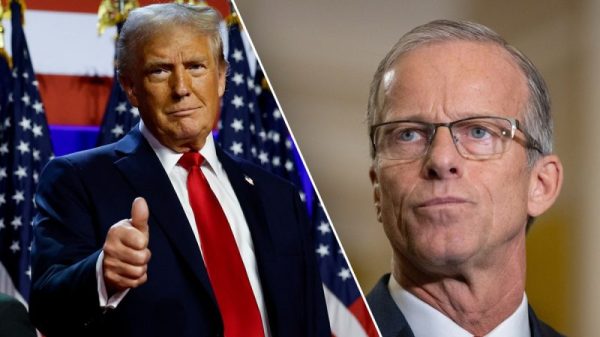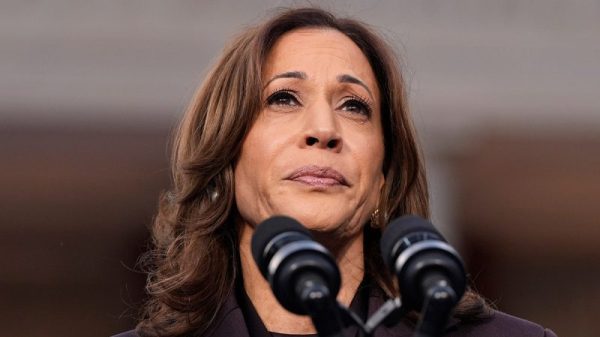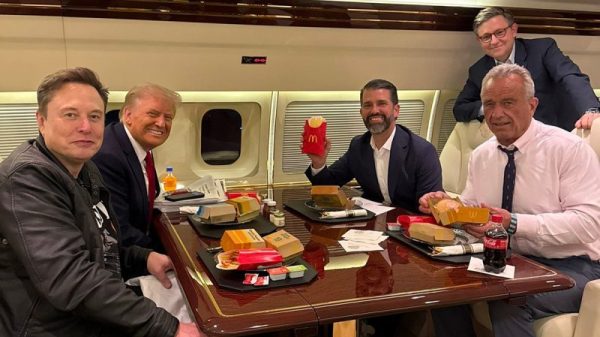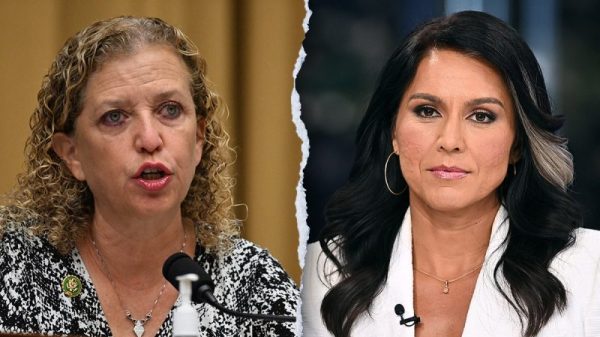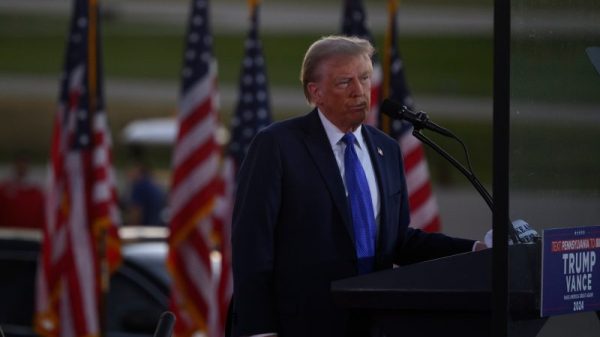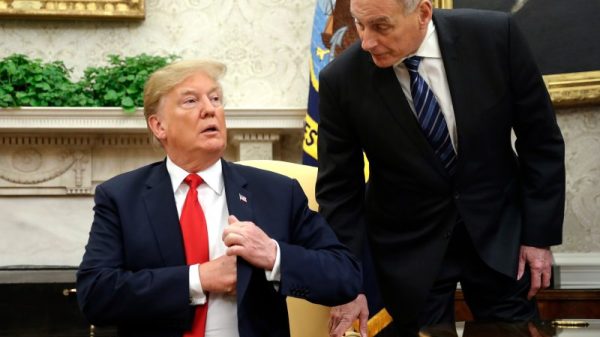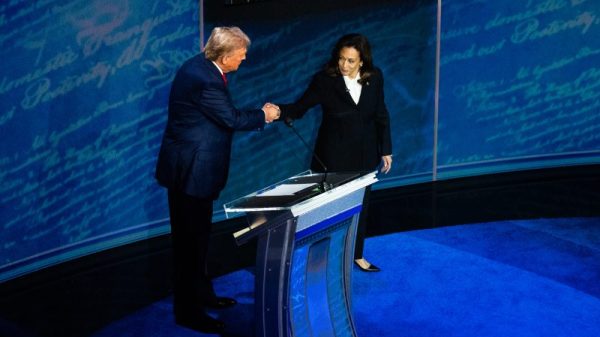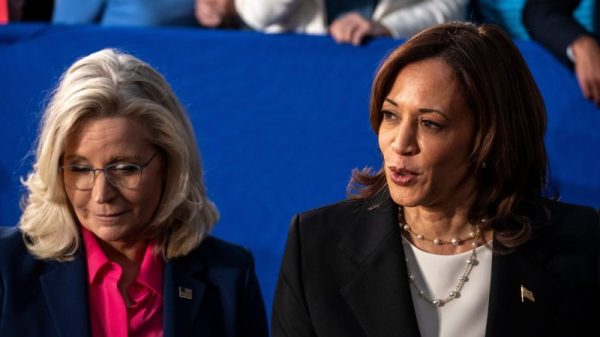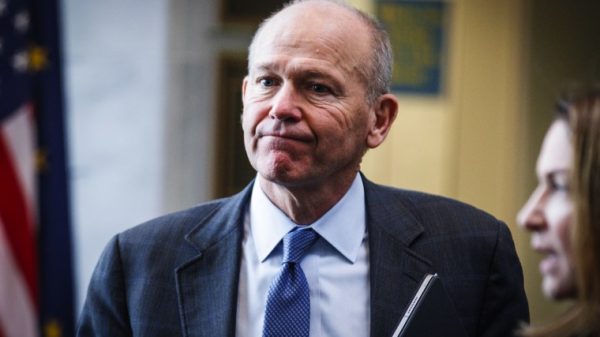 President Donald Trump has taken a rather varied, or “scattershot,” approach to income-tax reform. His strategies have not been targeted towards any specific scheme, but rather they have covered a broad range of tax-related issues.
President Donald Trump has taken a rather varied, or “scattershot,” approach to income-tax reform. His strategies have not been targeted towards any specific scheme, but rather they have covered a broad range of tax-related issues.
Firstly, he implemented the Tax Cuts and Jobs Act in 2017, which reduced the corporate tax rate from 35% to 21% amongst other changes. This Act was designed to spur economic growth by reducing the tax burden on businesses.
Secondly, he’s continuously pushed for further tax cuts and reforms, including proposals for a middle-class tax cut and adjustments to capital gains taxation. However, the specifics of these proposals have not been clearly defined.
Additionally, President Trump has been vocal about his desire to reduce the tax regulatory burden and simplify the tax system. He has called for a more simplified and straightforward income tax code, wherein most citizens would be able to complete their tax returns on a single sheet of paper.
Lastly, Trump’s administration has made efforts to influence international tax policy, like the implementation of the Global Intangible Low-Taxed Income (GILTI) regime, which targets income earned by foreign subsidiaries of US companies.
In summary, President Trump’s approach to income-tax reform has been quite diverse and wide-ranging. However, it is important to note that while he has made several proposals and declarations, the enforcement and implementation have been met with mixed success. It remains debatable amongst economists and policymakers as to how effective these reforms



